By Laura Lukes, UC Master Gardener of Butte County, May 4, 2018.
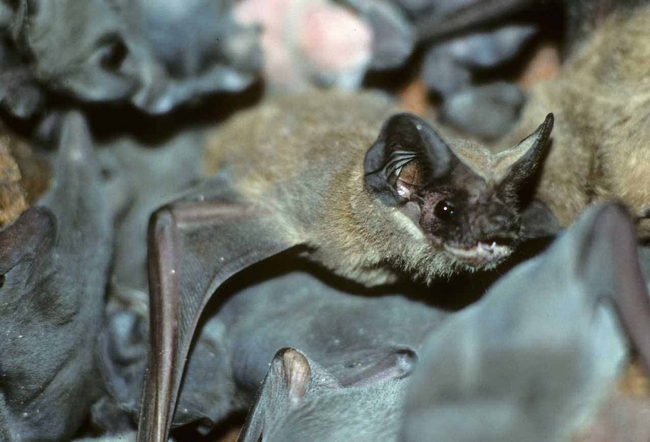
Dr. Mistry is a professor of biology at Butte College, and an adjunct professor of biology at CSU, Chico. He recently presented a talk titled “The Fascinating Biology of Bats” as part of the Butte County Master Gardeners 2018 Spring Workshop Series.
Dr. Mistry's passion for bats is infectious. He describes the deeply folded, crenulated nose of a bat, which to this writer looks like the result of a terrible accident, as gorgeous. And upon reflection it is beautiful, because it is perfectly formed for its purpose: to accurately project the echolocation calls emitted from the bat's nose.
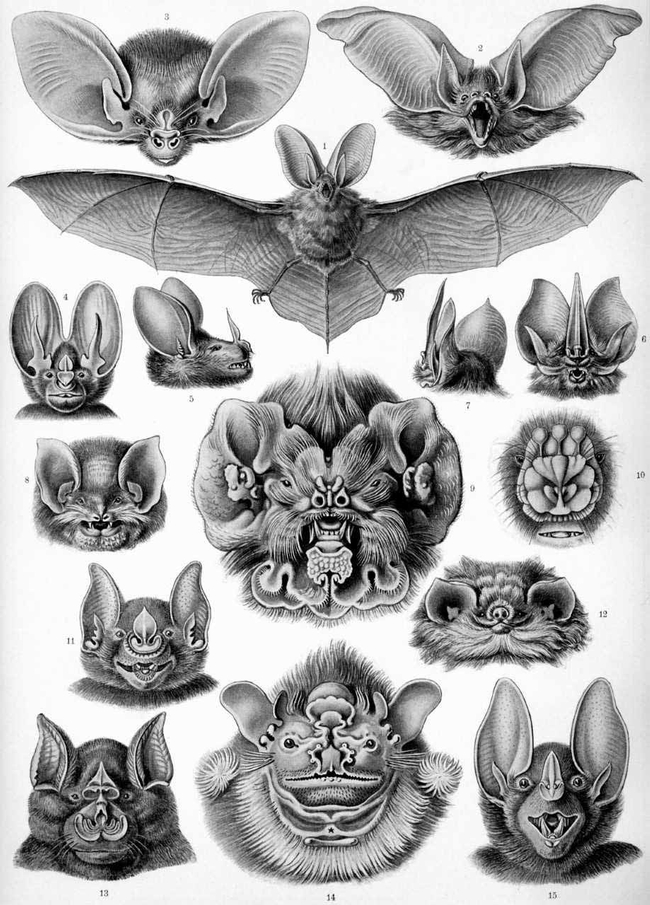
Insectivorous bats, part of a group known as microbats, navigate and hunt by echolocation, a complicated and finely-tuned system of call-and-response, which can determine in a millisecond the location of prey while both the bat and its target are in flight. Bats can consume up to their own body mass in insects each night. Research indicates that in Butte County alone, bats provide 14 million dollars annually worth of pest control value. In our state, that figure reaches 565 million dollars each year. That's a lot of moths, mosquitos, and other insects taken out by a safe, natural method.
The bats that we have in our region and, in fact most of the US, are insectivores. However, there are many other bats that consume fruit and nectar, and others that are carnivorous and feed on fish and frogs. Megabats, whose wingspan can reach up to five feet, are inhabitants of the Old World (Europe), and perform valuable seed-dispersal and pollination services. These bats may actually be better at seed dispersal than many birds, because they eat the fruit and drop its seeds farther from the parent plant.
Other bat species feed on the nectar of flowers, and some plants have evolved unusual ways to attract these pollinators in the dark, when color isn't visible. Special concave leaf and petal shapes send a response to the bat's echolocation calls, so bats can zero in on the flower and partake of its nectar while spreading its pollen.
A portion of Dr. Mistry's talk explored research done on the Mexican free-tailed bat. This is a tiny species, weighing less than 12 grams (0.4 oz). The females migrate annually from Mexico to deliver and raise their pups (yes, bat infants are called pups!) in humid, hot, limestone caves in Texas. Each female bears one pup, which attaches to the wall of an enormous cave. There are millions of mothers birthing their young in these caves, and their nightly feeding exodus can take hours to complete. Which begs the question Dr. Mistry asks: how does each mother find her own pup when she returns to a cave filled with masses of hanging babies – as many as 4,000 per square yard?
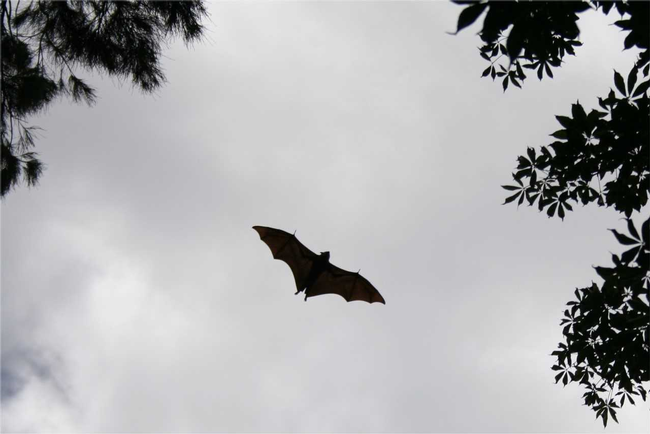
In the past, bat biologists believed that these mothers could not identify their own young, but instead engaged in a type of communal nursing, whereby the pups latched onto any mother within reach as she moved through roosting areas. But careful observation and research revealed that these bats knew what any self-respecting mammalian mother knows instinctively: which baby is hers. Bat moms employ at least three strategies to locate their young. Bats have spatial memories, and can remember in which general region of the vast cavern they left their pups. Once a mother nears her region, she begins calling, and narrows in on her baby through tracking its return call. When she is close enough, she can then definitively identify her pup through its smell.
It so happens that maternal instinct is not the only thing that bats share with human beings. The similarity between the bat skeleton and the human skeleton, particularly in the structure of our ribs, shoulders, elbows, wrists, and hips, is astonishing. The difference lies in their elongated bones. Since bats locomote almost exclusively by flying, their body weight must be kept to a minimum. Birds have hollow, very light bones to achieve their measure of weightlessness. Being mammals, bats have heavier, solid bones, so they adapted by evolving very thin, elongated bones. The oldest fossilized bat skeleton discovered to date is just over 50 million years old. Dr. Mistry notes that bats have not changed much since then, so we (as yet) have no clear picture of their evolutionary journey to the present.
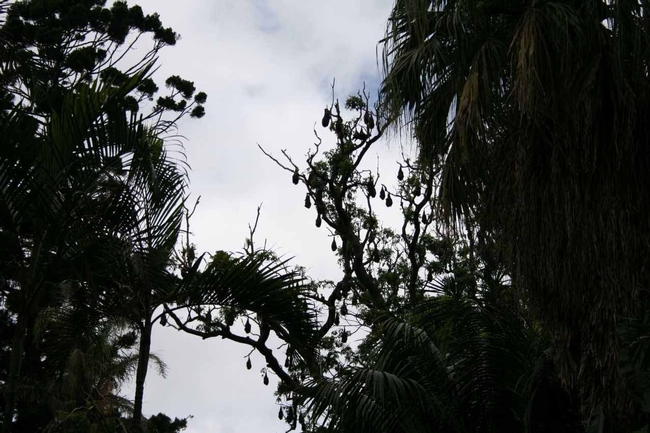
The fungus was first discovered in bats in New York State in 2006, and spread rapidly to the north and west. Over 5.7 million insect-devouring bats have died in 31 states and five Canadian provinces. At one time, it was believed that the fungus would not be able to easily cross the Great Plains. Then, about a year ago, cases were discovered in Washington State. All hibernating, cave-dwelling bat species in North America are susceptible, and regional extinction is a real possibility.
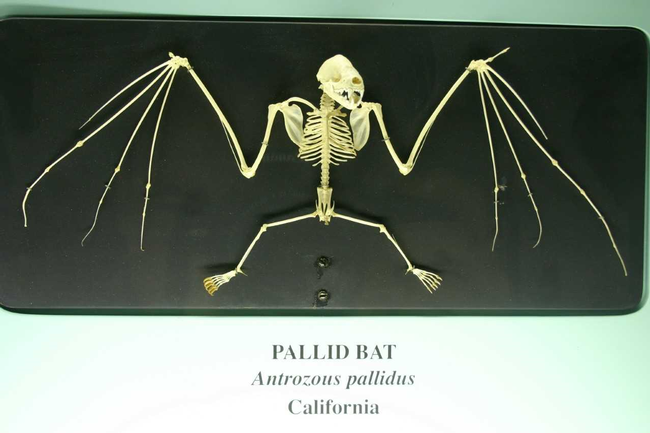
Dr. Mistry knows what bats like, and is willing to help you locate your bat box in an ideal space. Not only for you, but for the love of bats.
Note: For more information about the Master Gardener Program and Workshops, please visit http://ucanr.edu/sites/bcmg/ . Garden questions can be directed to the at 530-538-7201.